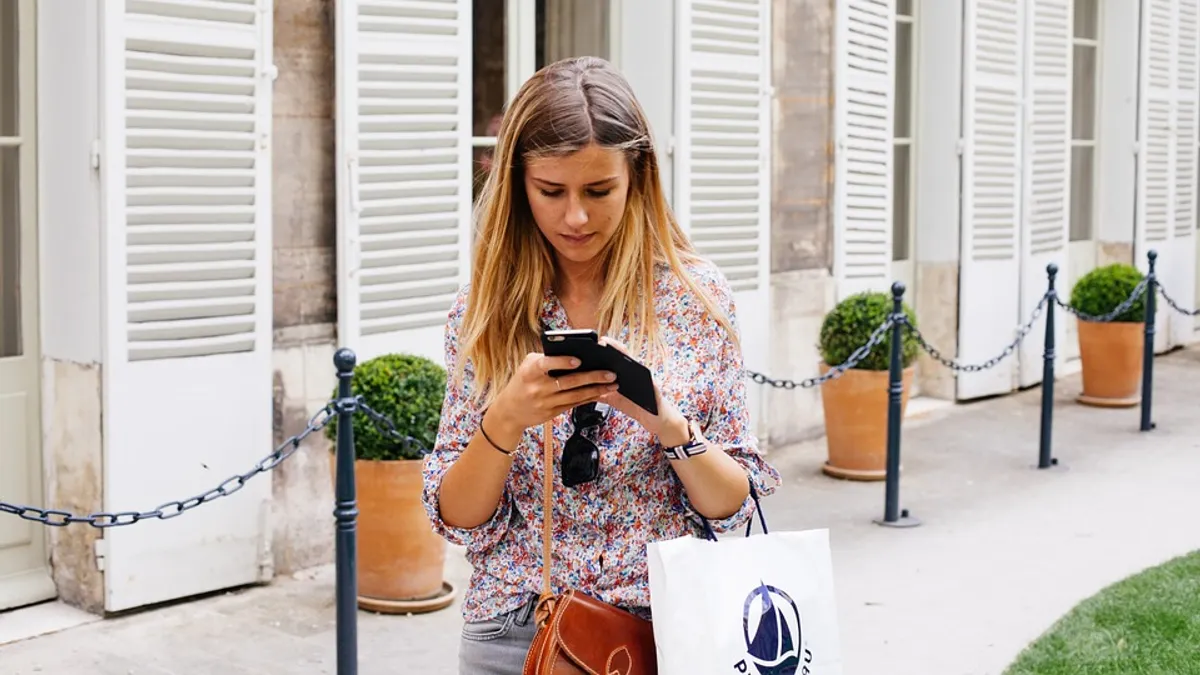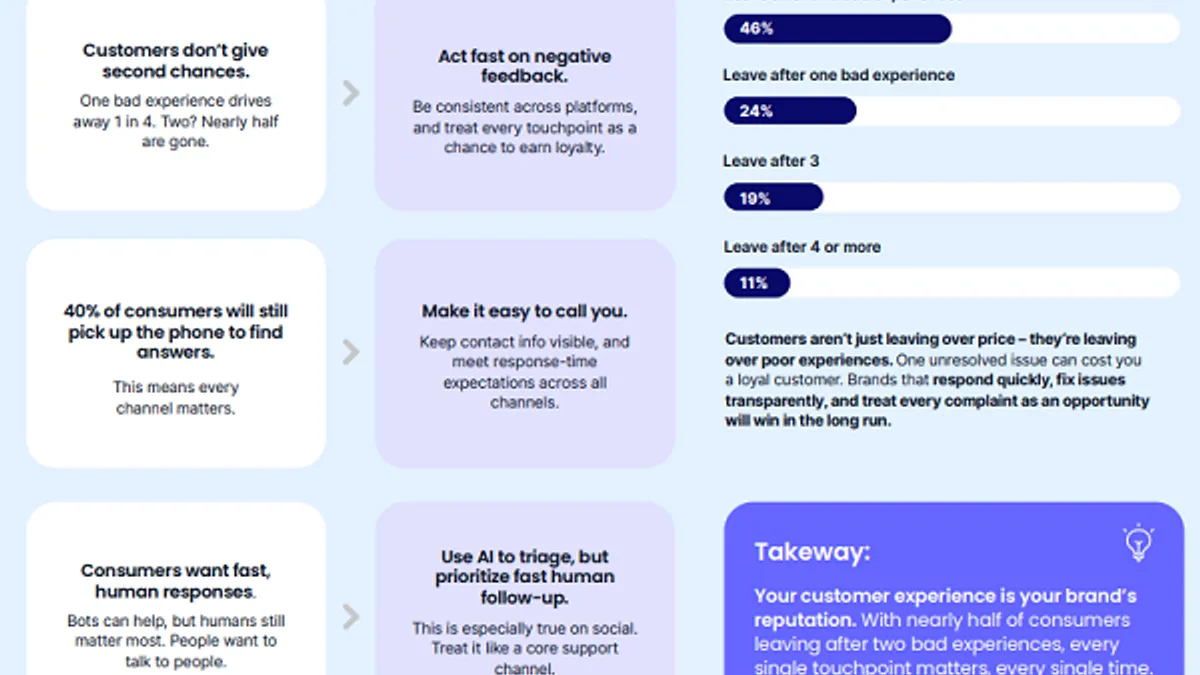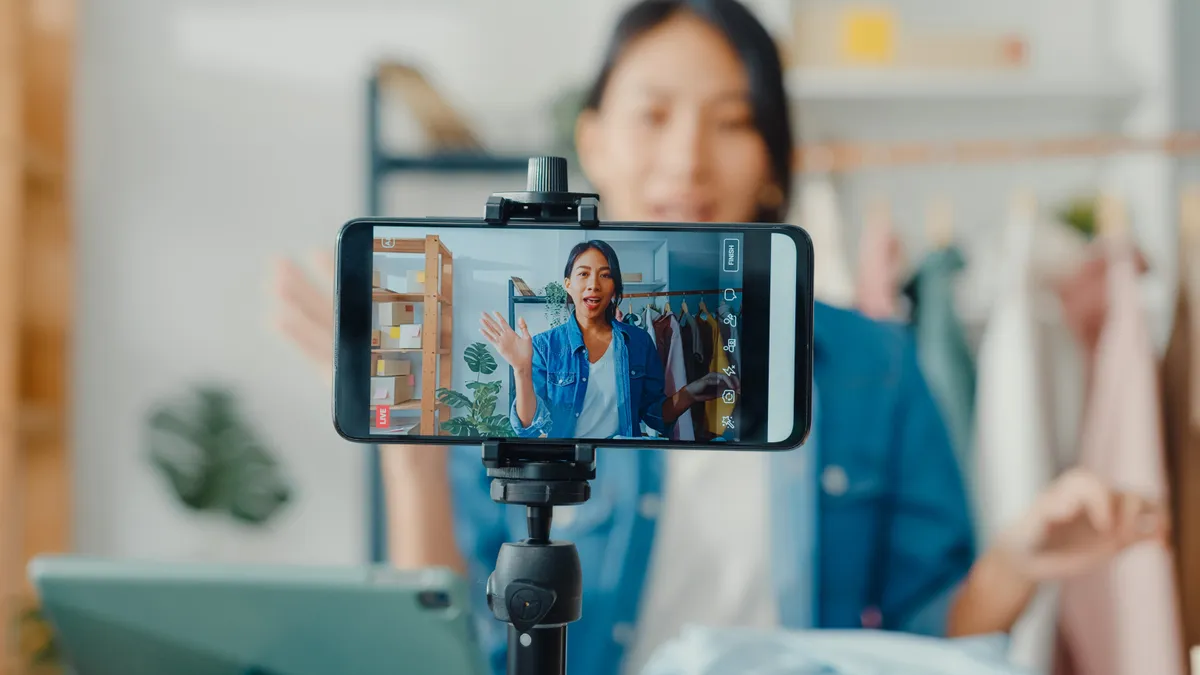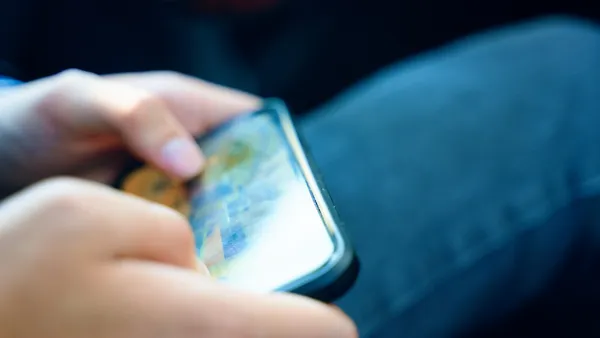Editor's Note: The following is a guest post from Shey Cobley, senior user experience director, and Kristel Cornell, associate creative director, at the agency Critical Mass.
Gender gaps. They're everywhere and always have been. And as the world becomes more complex, so too do our gender gaps grow in variety and complexity.
On that score, we've got a big "gap" to enter into the record: e-commerce.
It's true: the sexes behave differently when shopping online. And no, that's not intended as a revelatory statement. But while we all assume that men and women shop with dissimilar needs and mindsets, many brands aren't taking these differences into account.
And that's not our opinion. It's the opinion of the 781 people we talked to (more on that in a bit).
When we talk about gender differences in the context of e-commerce, we're talking about the immediate present. But, our research showed traditionally gendered signifiers of shopper identity are shifting for younger consumers, suggesting the topic needs to be continually revisited and re-evaluated, because new generations are going to completely redefine our object of study.
So let's talk about the e-commerce gender gap — what it is, where it comes from and how to design for it.
What we knew at the outset
Thanks to work by Office of National Statistics, we knew that there are, indeed, some recognized digital shopping differences between the sexes: men buy more films, music, electronics, video games and software than women. The only category where women buy more? Food.
We also learned that scientists still can't link differences in male and female behavior to the make-up of our brains, which adds credence to the widely accepted belief that behavioral gender differences are a product of cultural norms, not biological sex. So, any gaps are (probably) the product of nurture.
We wanted more information
Everyone's got an opinion on gender gaps — including us — but we wanted up-to-date facts and data. So we conducted in-store ethnographic research, reviewed 55 reports and articles, checked out a number of existing online experiences and tapped into our proprietary consumer research panel (aptly named "Curious"). The enthusiasm from our panel was shocking — 781 consumers volunteered (a huge sample), and a further 24 people sat for qualitative interviews.
In a nutshell, here's what we learned
Men are needs-focused researchers. They're drawn to detailed product descriptions. When they find what they want, they make their intended purchase, and they're done.
Women are socially influenced browsers, and when they shop, they enjoy sifting through lifestyle-focused editorial content. They fill up bigger baskets and abandon more items, with an eye toward return policies.
Women spend more time.
Men spend more money.
Those are stark differences, but they don't necessarily mean that the needs of men and the needs of women are worlds apart (certainly not as far as Mars and Venus). Our research showed us that an 80/20 split is a good rule of thumb. At least 80% of the overall digital make up of an e-commerce experience is inherently gender neutral — e.g., the back end build, the branding, the buy-flow fundamentals.
But that still leaves 20%, which is nothing to sneeze at; after all, even a small percentage increase or decrease in conversion is enough to make or break many online retailers.
The '20% difference' — design cues
The e-commerce gender gap is inherent in design details. Brands interested in greater gender relevance need to look at four chief things: color, typography, photography and tone-of-voice. Here are three examples:
Vaunted Swiss watch brand Breitling is a case study in economic male e-commerce design: Dark, nearly monochromatic palette. Bold sans serif type. Pared back, simple. High-contrast photography of the product. These design cues are irresistible to men.
Paul Valentine is the yin to Breitling's yang. The colour palette comprises light, soft pinks. Black hues aren't black, but rather darker shades of gray. The type is sans serif, but light and airy. And the photography is soft. These are traditional hallmarks of a marketing aesthetic targeted to women.
Sportswear brand Rapha, on the other hand, has come close to closing the gender gap. Its bold sans serif typeface is tempered by the logo design and use of italics. A black-and-white palette is set off by a bold pink. These variegated design cues are consistent with the brand's products; even its men's jerseys have pink accents. This is a brand that's flying the middle way through the gender gap and carefully signaling to both sides.
So, what about the funnel?
That's a good question — at least as important as understanding how to wield or integrate different design cues.
Let's break the funnel down into four parts: Discover, consider, buy, use:
1.) Discover
In our research, we heard men gripe about the very existence of a discover phase. Having to "discover" is irksome to them. In their own words: "I usually know what I want to buy" and "too many choices […] makes shopping very tiring."
So if you want to get on a man's radar once he decides to shop, you're too late — he's already set on that pair of Chuck Taylors. You need to catch him earlier on (pre-funnel), like H&M is trying to do with its recent launch of an Instagram feed geared toward men.
Women are more social, more likely to click through e-commerce and more willing to be inspired once they open up an app or web browser. One respondent told us: "I can end up on a web site I have never used before because they have targeted me through advertising or Facebook — online I am much more impulsive."
2.) Consider
When it comes time to consider a purchase, the differences grow starker. Especially when it comes to imagery. Men want to see close-ups of fabric and stitching — women want lifestyle context (e.g., "how do I wear this?").
Men like to see products from multiple angels. Women want to see how the item fits into a look. In terms of content, men are drawn to the story behind the brand and the production, while women want to see a larger fashion context — the point of view of leading bloggers, how other women are wearing it and where (and on whom) a piece of fashion is showing up.
3.) Buy
This part is really interesting. Men want to get the purchase right the first time and will do anything to avoid returning an item. So make it easy for them to buy and get out, and don't bug them about return policies.
Women, on the other hand, are 17% more likely to abandon their cart and are far more willing to return items. Jimmy Choo has gone as far as to integrate product recommendations into the buy page (wildly controversial), leaning into the fact that every part of the journey — even the buy — can be part of a larger, fluid, continual process for many female shoppers.
4.) Use
After the buy, in the use phase, it's time to personalize, personalize, personalize. Shoppers complained of having received product recommendations that completely missed the mark (e.g., men receiving an email about women's clothing because they once bought something for a niece or a girlfriend). Send them something relevant, and relevant to their age and gender.
The good news
To design an e-commerce experience that doesn't fall victim to the gender gap, there's no reason not to invest a little time and inexpensive effort. If you're a company with a template and a giant CMS, think "tweaks," not overhauls. Hire a copywriter and an art director and focus on nudging some basic design cues in the right direction for men and women — or design skillfully down the middle, if you're up to the challenge.
A final thought: Gender is fluid and on the move
One more noteworthy thing that kept surfacing in the course our research: different generations view gender differently. Make up tutorials for men are a big thing online. Facebook has 71 gender options and counting. Younger consumers, in particular, have begun to see gender as fluid and negotiable — something to put on and take off. As such, traditionally gendered signifiers of shopper identity are shifting.
And some brands are catching on.
Designer Bobby Kim has built The Hundreds on the idea that gender neutrality can open up new experiences and mindsets to shoppers, such as making it "okay" for men to be "into" fashion, or even reversing timeworn asymmetries between the sexes. He asks, "how come it's okay — trendy, even — for girls to covet their guy's clothes, but not the other way around? Isn't it time for a women's label that men beg for?"
The popularity of the brand suggests he's onto something.






















